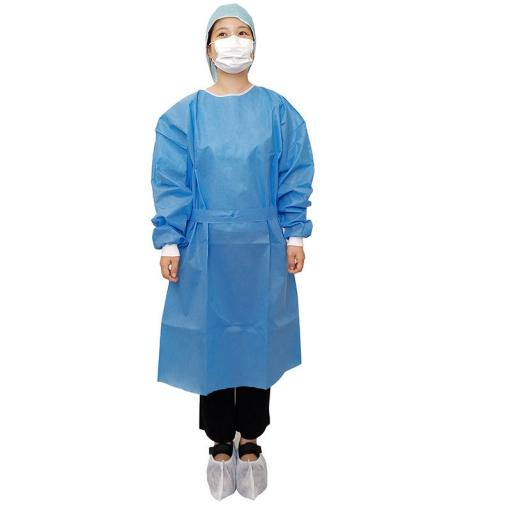Key features and aspects of hospital uniforms
2023-10-18
Hospital uniforms, also known as medical scrubs or healthcare uniforms, are specialized clothing worn by healthcare professionals in hospitals and other medical settings. These uniforms are designed to meet the specific needs of healthcare workers while maintaining a clean and professional appearance. Hospital uniforms play a crucial role in maintaining hygiene, identifying roles and responsibilities, and ensuring the comfort and safety of both healthcare providers and patients. Here are some key features and aspects of hospital uniforms:
1. Hygiene: Hospital uniforms are made from materials that can withstand frequent washing and sterilization to maintain a high level of cleanliness and prevent the spread of infections. They are often designed to resist stains and repel fluids.
2. Identification: Different roles within a healthcare facility may be identified by distinct uniform colors or styles. For example, doctors, nurses, and support staff may wear different colors or patterns to distinguish their roles.
3. Comfort: Hospital uniforms are designed for comfort, given the long hours that healthcare professionals often work. They typically feature loose-fitting designs, breathable fabrics, and flexibility to allow for ease of movement.
4. Durability: Hospital uniforms are constructed to withstand the demands of the healthcare environment. Reinforced stitching, high-quality materials, and durable closures are common features.
5. Pockets: Many hospital uniforms feature multiple pockets to allow healthcare workers to carry essential tools, such as pens, notepads, scissors, or medical instruments.
6. Protection: Some healthcare settings may require additional protective elements in uniforms, such as gowns or aprons, to shield against exposure to bodily fluids, pathogens, or chemicals.
7. Infection Control: Hospital uniforms are designed with infection control in mind. They are easy to put on and take off to minimize contamination risks, and they are often made of materials that resist bacterial growth.
8. Regulations: Hospital uniforms must comply with regulations and standards set by healthcare facilities and regulatory bodies. These regulations may specify color codes, embroidery, or other uniform details.
9. Footwear: Appropriate footwear is a crucial part of hospital uniforms. Healthcare professionals often wear closed-toe shoes with non-slip soles to ensure safety and comfort.
10. Personal Protective Equipment (PPE): In addition to regular hospital uniforms, healthcare workers may be required to wear specific PPE, such as masks, gloves, face shields, or goggles, depending on the nature of their work and the patient's condition.
11. Gender-Neutral Options: Hospitals are increasingly offering gender-neutral uniform options to accommodate diverse gender identities and expressions among their staff.
12. Customization: Some healthcare facilities allow healthcare professionals to personalize their uniforms with embroidered names, department badges, or other identifiers.
13. Environmental Considerations: Sustainable and eco-friendly hospital uniform options are becoming more popular, reflecting a broader trend toward environmentally conscious practices in healthcare.
Overall, hospital uniforms are essential for maintaining a professional and hygienic environment in healthcare settings. They contribute to patient safety, infection control, and the overall well-being of both healthcare providers and patients. The design and standards of hospital uniforms may vary from one healthcare facility to another, depending on specific needs and regulations.



